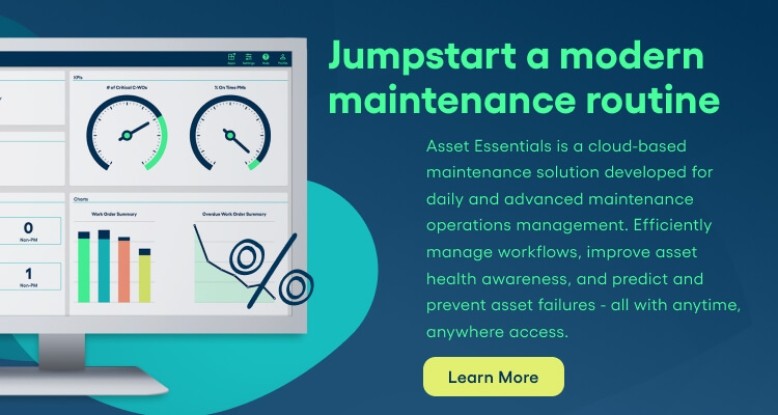Mastering the 15 Minute Stand-Up Meeting
Ready to get your team excited about meetings again? Try out the 15 minute stand-up meeting and use our specific tips to make it a success!
Meetings — You either love them or you hate them. And long meetings... no one likes those.
The good news is that we have an idea for a meeting that will be fast, productive and informational.
We've taken all that we've seen about how to make meetings work well and put it into practice with these tips for the 15 minute, stand-up meeting.
So, here's what you need to know.
What is a 15 minute stand-up meeting?
Here's what the focus of your stand-up meeting will be:
- Educational opportunity to improve your team
- Time to review TEAM performance and correct where necessary
- A chance to celebrate successes and highlight team members’ contributions
- Time to identify barriers and find solutions
Remember — you only have 15 minutes, so you must focus on getting to the core of projects, issues and successes. This meeting setup will help keep you on track, as opposed to you pushing an agenda on anyone.
What are they not?
Keep in mind that the 15 minute stand-up meeting is not the following:
- A status meeting about EVERY SINGLE WORK ORDER
- A “whine tasting” – keep it constructive
- Time to name and shame
- Micro-management session – let the team come up with solutions
Again, this meeting can help you focus your time on positivity and productivity.
How often should you have a stand-up meeting?
This will vary by department and your unique needs, but the standard is twice a week (suggested for Monday and Thursday). Put a 15 minute time slot on your team's calendar to recur every few weeks so you can prioritize the meeting moving forward.
Keep in mind that large departments may split stand-ups between teams, if necessary. For example, maybe you need a specific stand-up for the refurb team or the reactive maintenance team, or maybe you can divide meetings by certain shifts. Make sure it's efficient for your team members however you slice it.
How do you format the meeting?
Stick to the following subjects and you'll find that your meetings are short yet information-packed.
1. TOPIC OF THE WEEK/MONTH
- An organization created or department created topic
- Introduce the topic and talk for a few minutes about the team's goals around it
- This is a training opportunity for the team
Examples of this could be Safety, Resident Satisfaction, Proper Work Processes, Personal Improvement, and Campus Improvement. Ask for examples on how the team can incorporate the learning into their daily routines.
2. REVIEW PERFORMANCE
Take a look back at the team's performance and discuss the highs and lows, including:
- Standard KPIs (key performance indicators)
- Completion rates
- Overdue work orders
- Workload
- Response time
- Review metrics that focus on the weekly topic
3. SUCCESS STORIES
Don't forget to share the good parts of the week and highlight your team's work at this all-hands meeting.
- Ask the team to share any stories that they had themselves or saw other team members accomplish
- Highlight any stories that are department successes
- Make sure over the course of the month that everyone is celebrated
- By looking for success people will see success
4. BARRIERS TO SUCCESS
Make this meeting a safe space to share challenges that need attention.
- Ask team to highlight issues that need intervention
- Ask what the team member needs to succeed rather than telling them what you will do
- Look at key overdue work orders and determine what the delay is and how the issue can be solved
- Use your mobile devices to quickly move work orders between staff as needed
5. RECAP AND NEXT STEPS
Wrap everything up by ensuring everyone understands the high points of the meeting.
- Summarize the success
- Make sure that all problems have an owner
- Ask if there are any last questions or issues that need to be resolved
Tips for managing the meeting
The manager's role is as facilitator not as tyrant, and it's important to make sure that all voices are heard. Make this meeting productive for all parties by creating an environment that encourages dialogue and new ideas.
Some additional tips to help things go smoothly:
- Overcome unwillingness or discomfort in a one-on-one meeting, not in front of the team
- Shut down any negative comments about the meetings' content or about each other
- Deal with individual performance issues one on one
Now go and schedule your 15 minute stand-up meeting or encourage your team leader to do so. It's a simple way to open the lines of communication within your team on a regular basis.




